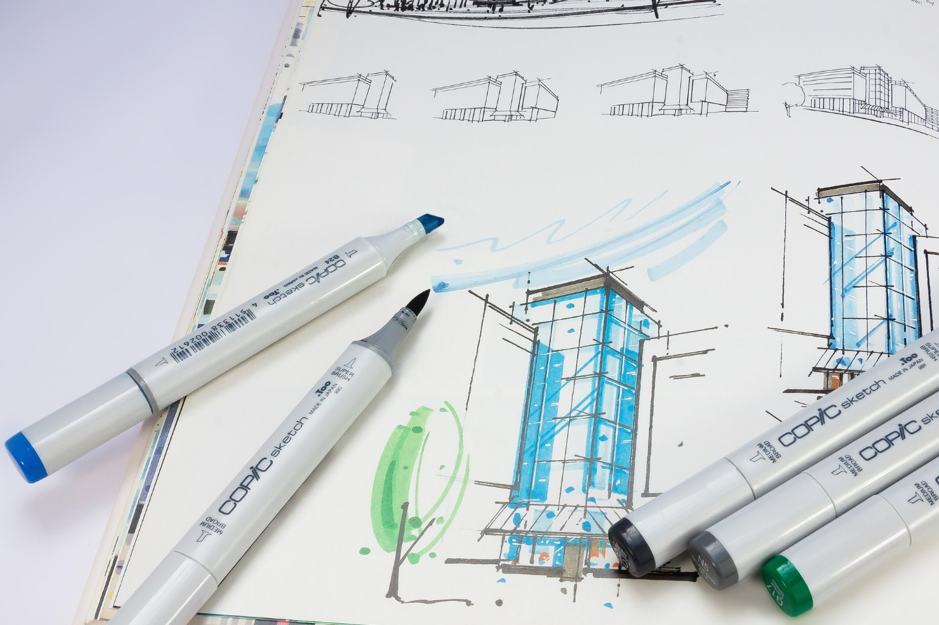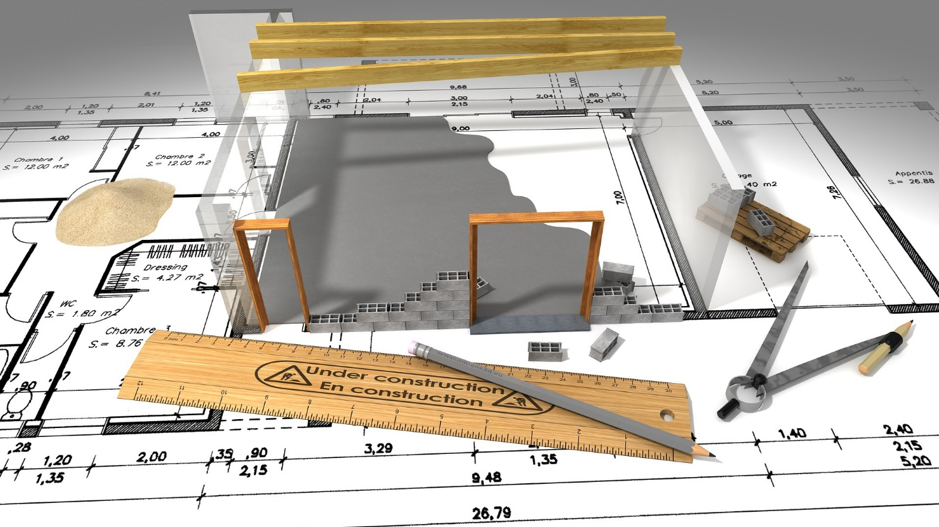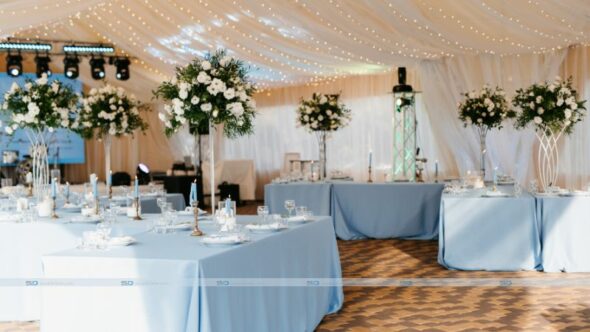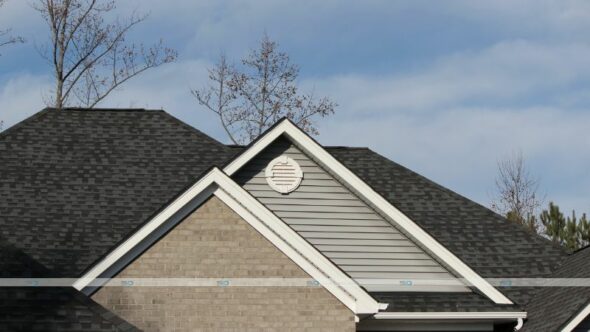If you were thinking about building a brand-new home, office or commercial building you will probably already be looking to find an architect who can provide a residential architecture design. However, when people are thinking about a remodel or renovation they are often stuck as to who they should speak to. Many will end up calling a builder or construction firm and end up with a job that costs more than they intended and isn’t quite what they were wanting.
What Does An Architect Do?
An architect is a trained professional who generally has at least a Bachelor of Architecture (B.Arch.) qualification (see here). Not only is an architect well educated, but in America, and many other countries around the world, they must be registered and licensed.
They specialize in designing buildings that are functional and aesthetically pleasing (according to the ideas of the person requiring their services). An architect may be called in to draw up plans for a brand-new house, or they can create plans for an existing residence and then draw up alternations to the plans that will allow a builder to come in and make the required renovations.
More than simply drawing a pretty picture of a house, your Long Island architects will be able to advise you on what will be allowed under local building restrictions and legislations. They will also be able to look at plans for potential issues such as sewer lines, water pipes or gas mains that will mean either the original ideas you were looking at will need to be altered, or the construction firm who are completing the build will need to exercise caution or take precautions (which is one of the reasons why you should try and work with a local architect who is familiar with the local laws and by-laws).
Most importantly, from your point of view, your architect will be able to interpret your vision for how you want your renovation to look. The plans they draw up will act as a translation taking what you want and translating it into a language that your builder, plumber, electrician Moorabbin, and any other contractors, can understand.
Where electrical sockets go is probably not something most people think about, but it is this sort of detail that your architect will ensure that you cover and gets looked after. The last thing anyone wants in the modern world is an ensuite or a garage with no electrical points.

Drawing up The Plans
Once upon a time many house plans for a new build or renovation could be done by a qualified builder or draftsman. Generally, these were simple plans, but still needed to be authorized by the local building department before they could be built. Until recently the majority of plans were drawn up quite literally, using pencil, pen and paper.
Now most architects not only need to know how much weight a load bearing wall can hold before it needs additional bracing, but they need to know how to use the computer software that will be used to print the plans that will show the builder, and the building department, this information.
Often an architect will sketch out a quick design while they are talking with you to ensure that they are on the right track with what you want. Still, when it comes to drawing up the actual plan that will be submitted to get the permits authorized, and then delivered to your contractors to be build, the majority of architects will use an AutoCAD software program. https://en.wikipedia.org/wiki/AutoCAD
However, we are starting to see a change in the industry again, with more and more firms and independent architects moving to using Building Information Management software. This software allows the architect to create a 3D model of the building project and is much easier to make alterations to. The other advantage is that BIM software presents a model that is easier for people not used to reading plans to understand. This means that there is less chance for error between what you have envisioned in your mind and what your contractors will end up providing. There are free options for some of the more common software such as SketchUp which will allow you to have a play around yourself to see if you can save a few dollars by being able to present a closer vision to your architect – just don’t make the mistake of thinking that this makes you able to create plans, there is a lot more to being a great architect than being able to use a nice piece of software.







